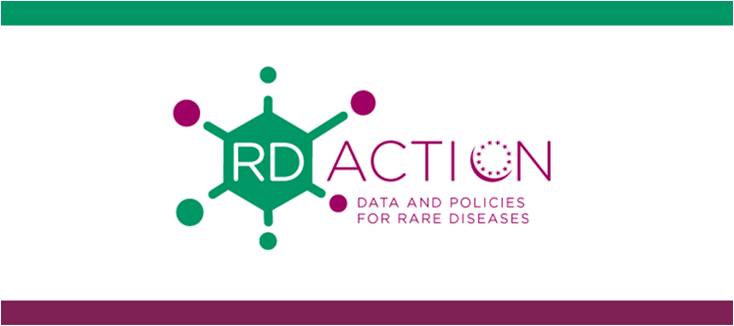
Rare diseases (RD) are recognized as a public health priority, but the scarcity of epidemiological data to estimate the true burden of RD has often resulted in their exception from healthcare planning and resource allocation. The visibility of RD in healthcare systems can be improved by enhancing their representation in classifications that are used to gather health data. To address this issue, the international consortium ORPHANET developed a comprehensive classification and coding system to establish an inventory of RD, where each clinical entity is assigned a unique and stable identifier called the ORPHA code. The inventory of RD has been maintained since 1997 and can be used in health information systems to code patient’s records, thus allowing the identification and better care of those affected. In November 2014, the Commission Expert Group on Rare Diseases (CEGRD) adopted a recommendation to include a codification policy for RD in Member States national plan and to consider adding ORPHA codes to their country’s health information system. The implementation of this work has been supported by an RD-Action work-package (RD-ACTION Joint Action 677024, funded by the EU's Health Program 2014-2020). As a fruit of this effort, the guideline document “Standard procedure and guide for the coding with Orphacodes” has just been produced. The document promotes the implementation of a standardized, consistent monitoring system and routine coding of RD using ORPHA codes across Europe, and contains 6 recommendations adapted to different and well defined coding situations. This document is a major step towards the practical implementation of RD codification, necessary for inter-operability between countries but also between different sources of data, coming both from care and research.
More information: ENERCA news, RD-Action WP5
